China will initiate restructuring and integration activities within its centrally administered State-owned enterprises this year, focusing on sectors such as information communication, new energy and equipment manufacturing, said the country's top State assets regulator on Wednesday.
Speaking at a news conference in Beijing, Li Bing, deputy secretary-general of the State-owned Assets Supervision and Administration Commission of the State Council, said that apart from better stimulating growth of strategic emerging industries, these moves will incentivize central SOEs to explore opportunities and cultivate new advantages.
"Deepening strategic cooperation within the industrial chain ecosystem and accelerating the development level of the modern industrial system will be priorities for central SOEs this year," said Li.
China conducted a number of restructuring and integration activities in 2023 to promote central SOEs' resource allocation efficiency. For example, China Electronics Technology Group Corp completed restructuring of China Hualu Group Co Ltd in November, consolidating its strengths in the field of electronic information and enhancing its ability to supply key technological products.
Total profits of central SOEs last year amounted to 2.6 trillion yuan ($362.36 billion), while their operating revenue reached 39.8 trillion yuan, SASAC said.
Fixed-asset investment of central SOEs — including real estate — expanded 11.4 percent year-on-year to 5.09 trillion yuan in 2023.
Among the total, central SOEs' investment in strategic emerging industries stood at 2.18 trillion yuan in 2023, representing a year-on-year growth of 32.1 percent. Their research and development expenditure amounted to 1.1 trillion yuan, topping the 1 trillion yuan milestone for two consecutive years, SASAC said.
Central SOEs initiated numerous pivotal projects in sectors like hydrogen production, carbon fiber manufacturing and automotive chips last year. They also established new businesses across a number of industries, such as laser manufacturing, quantum communications and satellite internet.
China actively pursued restructuring and integration efforts in sectors including electronic technology, new energy, environmental conservation and smart connected vehicles over the past year. These initiatives have resulted in the emergence of new industries and innovative business models, significantly propelling the growth of central SOEs, said Zhuang Shuxin, the commission's secretary-general.
Yuan Ye, SASAC vice-chairman, said the government's primary focus will be on promoting industrial innovation through technological advancements this year, accelerating the growth of new productive capacities and propelling the advancement of modern industrialization.
"The government will maintain a two-pronged approach, prioritizing both strategic emerging industries and traditional sectors," said Yuan, adding that efforts will be made to actively strategize the development of new industries and pathways, support the transformation and enhancement of traditional industries, effectively enhance the resilience and security of industrial and supply chains, and provide better support for the establishment of a modern industrial system.
Central SOEs, backed by their strong industrial and supply chains — and years of technological advances — are expanding their presence in more competitive fields.
The first domestically produced large cruise ship — the Adora Magic City— completed its maiden commercial voyage earlier this month, said its builder Shanghai Waigaoqiao Shipbuilding Co, a subsidiary of China State Shipbuilding Corp, a Shanghai-based central SOE.








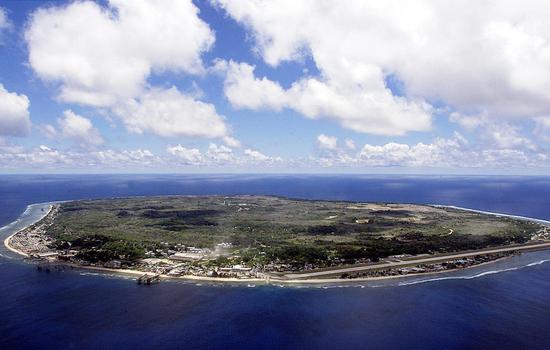
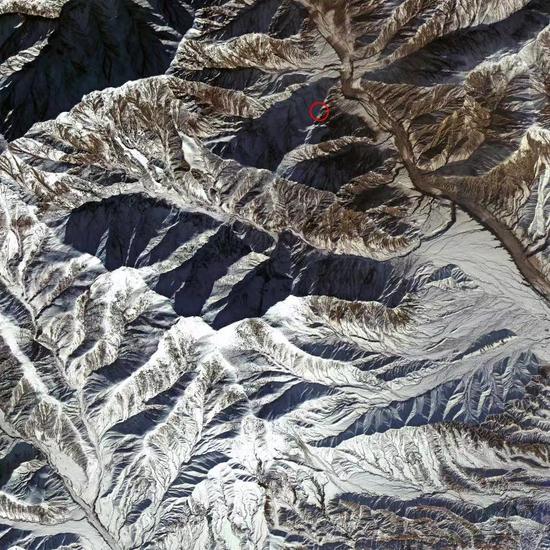
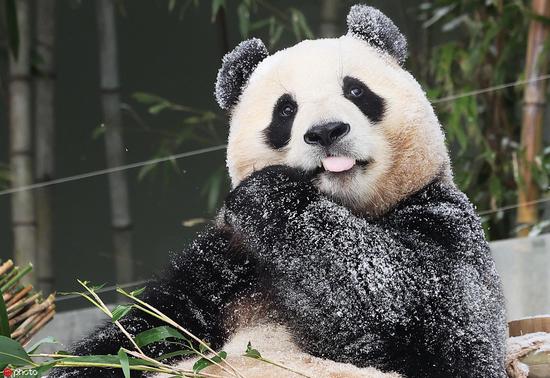
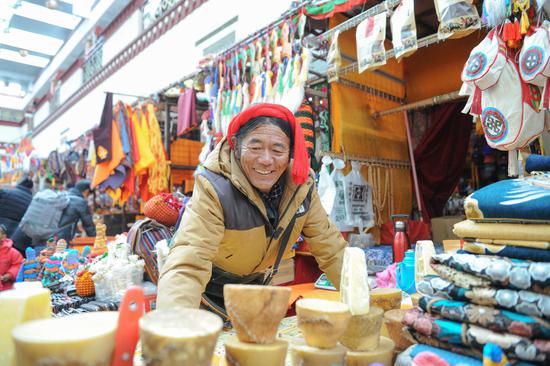
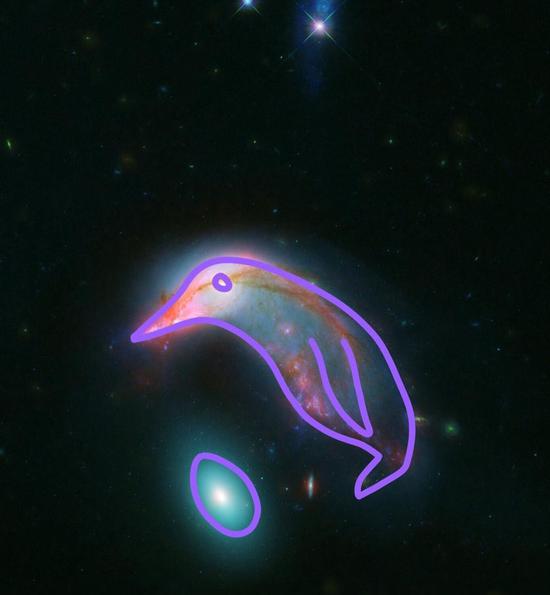
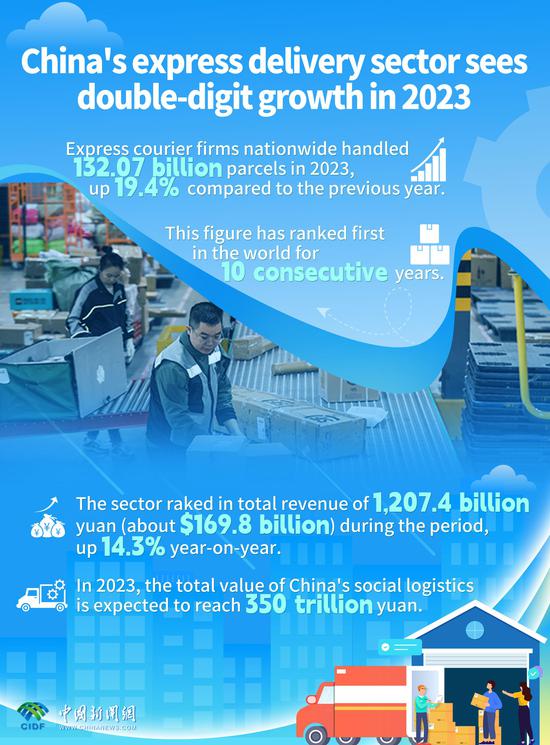
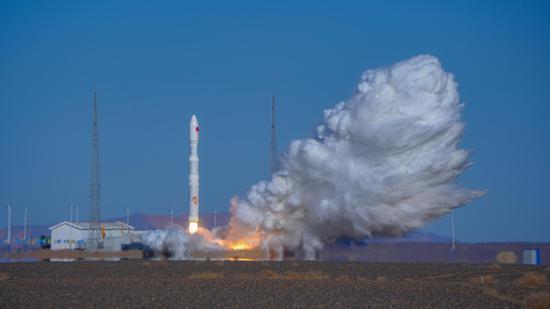

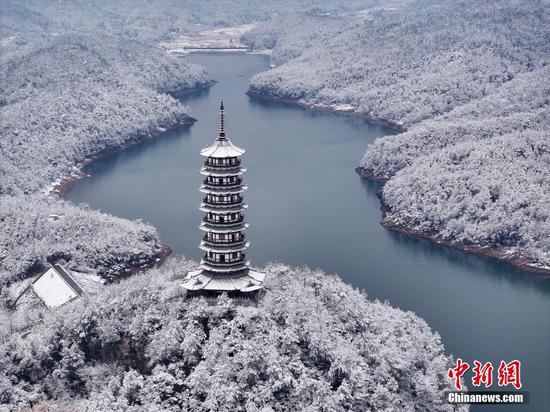
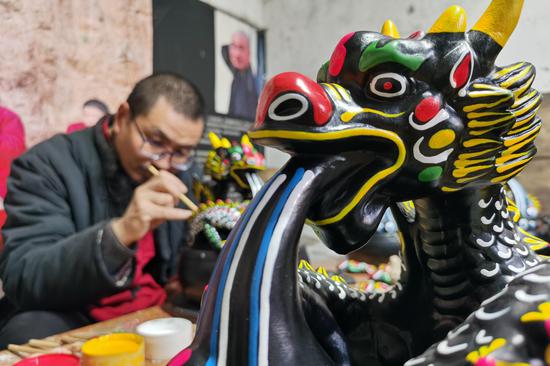
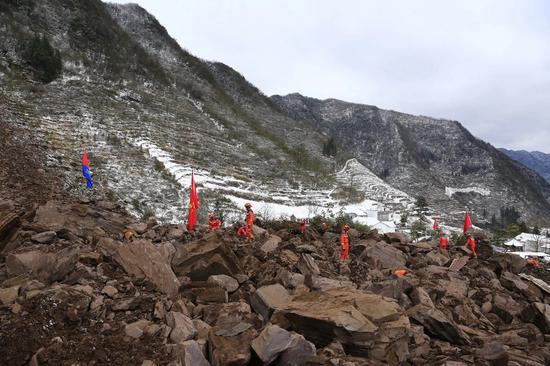
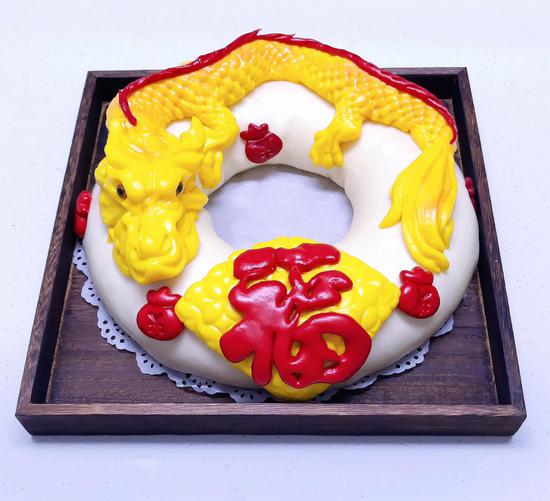

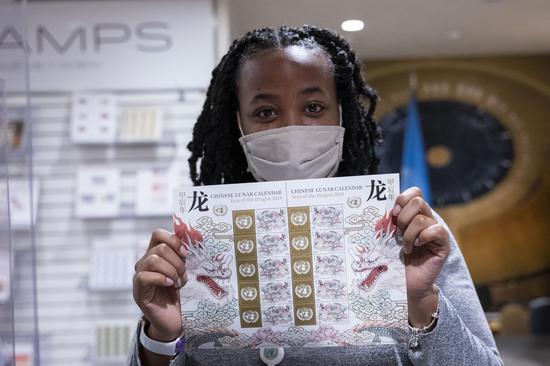

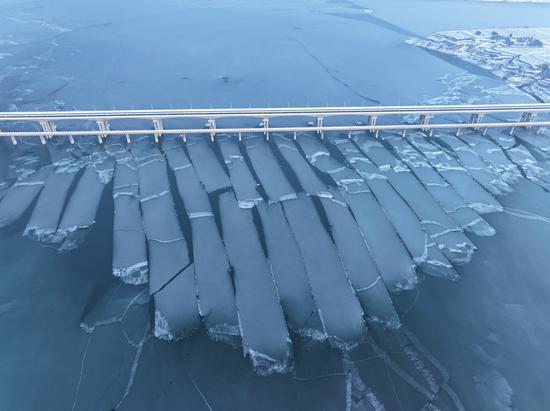

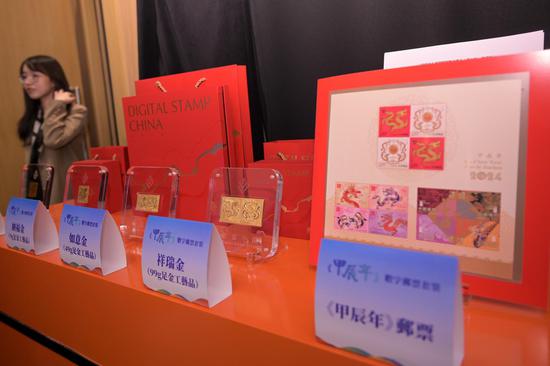
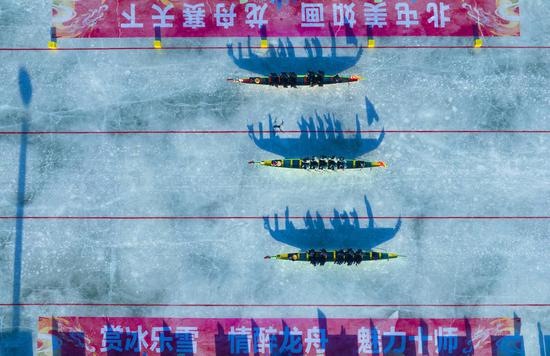

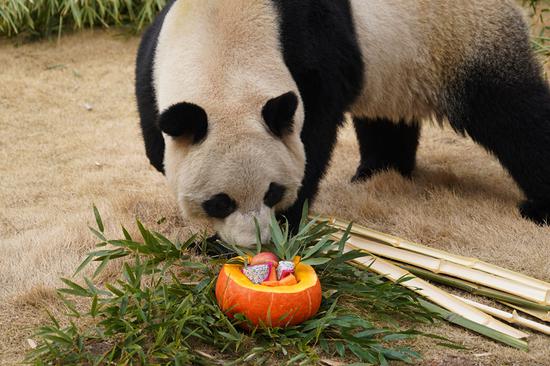






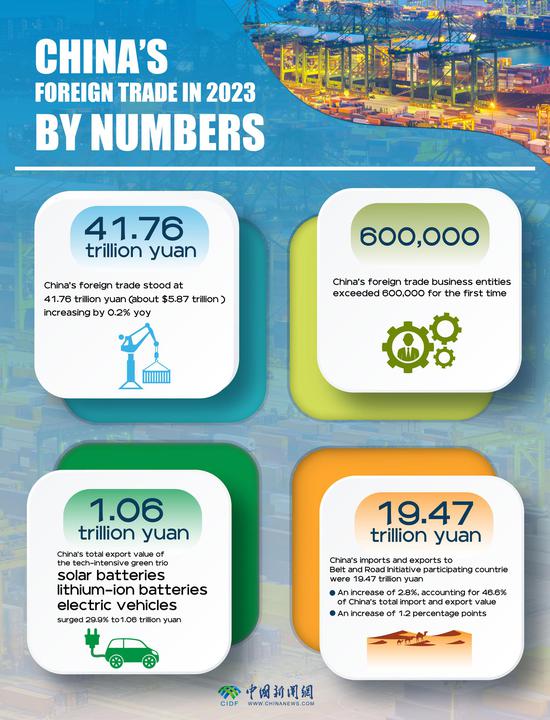








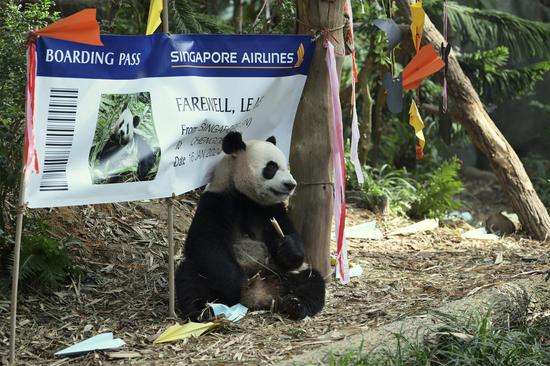



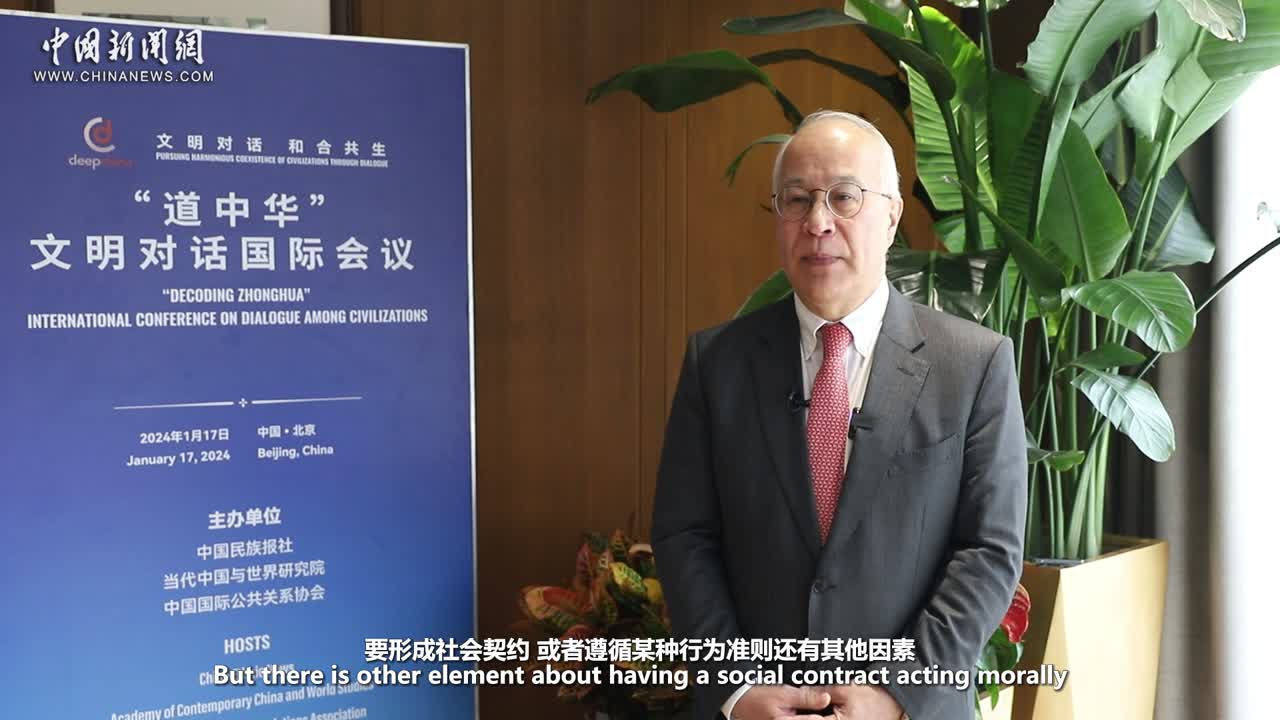

 京公网安备 11010202009201号
京公网安备 11010202009201号